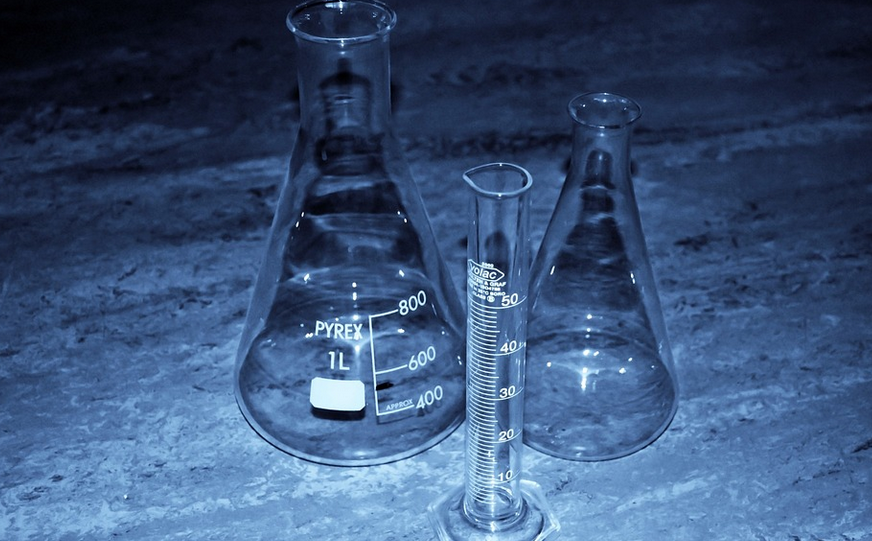Introduction
Physical and chemical properties and changes are essential concepts that every science student should understand. These concepts help us to understand the nature of matter, how it behaves, and how it can be transformed. This article will discuss the definition of physical and chemical properties and changes and give examples to help you understand these concepts better.
What are Physical Properties?
Physical properties are the characteristics that can be observed or measured without changing the identity of the substance. These properties include color, density, boiling point, melting point, and texture, among others. Physical properties help us to identify substances and distinguish them from one another. For instance, water has a boiling point of 100 degrees Celsius and a freezing point of 0 degrees Celsius.
Examples of Physical Properties
Other examples of physical properties include: – Magnetism – Conductivity – Solubility – Viscosity – Elasticity – Ductility – Hardness
What are Chemical Properties?
Chemical properties are the characteristics that determine how a substance reacts with other substances to form new substances. These properties cannot be observed or measured without changing the identity of the substance. For instance, the ability of iron to rust when exposed to oxygen is a chemical property of iron. Chemical properties are essential in predicting how substances will react with each other.
Examples of Chemical Properties
Other examples of chemical properties include: – Flammability – Reactivity – Corrosiveness – Toxicity – Stability
What are Physical Changes?
Physical changes are changes in the form or appearance of a substance without changing its chemical composition. For instance, melting ice to form water is a physical change because the chemical composition of the water remains the same. Other examples of physical changes include boiling, freezing, and evaporation.
Examples of Physical Changes
Other examples of physical changes include: – Cutting paper – Crushing a can – Dissolving sugar in water – Mixing salt and sand
What are Chemical Changes?
Chemical changes are changes in the chemical composition of a substance. During a chemical change, new substances are formed. For instance, burning wood to form ash is a chemical change because the chemical composition of the wood changes. Other examples of chemical changes include rusting, cooking an egg, and digestion.
Examples of Chemical Changes
Other examples of chemical changes include: – Combustion – Oxidation – Decomposition – Fermentation – Photosynthesis
Conclusion
In conclusion, physical and chemical properties and changes are essential concepts in science. Physical properties are the characteristics that can be observed or measured without changing the identity of the substance, while chemical properties are the characteristics that determine how a substance reacts with other substances to form new substances. Physical changes are changes in the form or appearance of a substance without changing its chemical composition, while chemical changes are changes in the chemical composition of a substance. Understanding these concepts will help you to understand the nature of matter and how it behaves.

